Zoológico de Piedra (The Stone Zoo)Ángel Iñigo Blanco de Anaya (1935 – 2014) and Ángel Iñigo Pérez
About the Artist/Site
Born to a sugar cane farmer and his wife in the village of Jurisdicción (province of Santiago de Cuba), as early as the age of five years old the young Ángel enjoyed modelling figures – and, in particular, animals – out of mud, wax, or whatever materials were available. As he grew, he also began carving them in wood, although there were no artists in his family nor had he ever seen a sculpture. When he was ten years old, his father bought a farm roughly 15 km from Guantánamo, and Iñigo worked on the farm alongside his father and brothers.
He married Hilda Pérez and they had five children. Although he never formally studied sculpture or any of the plastic arts, he continued to sculpt. He moved to Camaguey and worked for a time at a museum there, but later he moved back to Guantánamo to work as a Plastic Arts Instructor for the city of Yateras. During this time period he showed examples of his work, primarily political in nature, such as those celebrating the relationship between Cuba and Cambodia, or those honoring Cuban leaders, heroes, and poets.
Beginning on December 21, 1977, he began to dedicate all of his time to the development of his Stone Zoo, located on a 27-hectare site of rough terrain located in the Alto de Boquerón area, linked to the municipality of Manuel Tames. He particularly liked working with large stones, enjoying the challenge they provided. By the time he “retired” from working on this project in 2002, he had carved over 350 stone animals and figures.
He had first-hand knowledge of the forms some of the animals and how they moved, of course, such as roosters, lizards, snakes, rabbits, turtles, dogs, and cats, but others he carved simply from seeing them in books or on television. These include a lion, a buffalo, an ape, an elephant, kangaroos, and more. They range from tiny creatures that one could almost step on by mistake to those weighing incalculable tons, and many appear as if they were in motion. Each is carved in situ out of the limestone rocks found on site, with simple chisels, hammers, axes, and files, and are located scattered around the landscaped and rocky gardens of the farm.
His oldest son, known as Angelito, inherited Ángel’s talent for working in stone, and carved his first animal, a small horse, at the age of ten, under the watchful eye of his father. While he has continued to carve animals, his own special skill is carving people, primarily farmers, and he shows them in their varied tasks of laboring in the fields and often in relation to animals, such as a farmer plowing behind a team of oxen, picking coffee beans, or in bas-relief riding a horse. The younger sculptor has, at this writing, carved over 90 sculptures that are on display at the Stone Zoo.
The Stone Zoo was declared a site of Cuban cultural heritage on August 4, 1977, and of national patrimony in June, 1985. Iñigo Blanco himself received several medals and awards from local, regional, and national organizations prior to his death. Now ten employees work to care for and conserve the sculptures, and they have all been treated with the chemical formol, which prevents the soft stone from gurning green. The public is welcome to visit, but the terrain is not flat, and it is some 324 steps up to the highest point.
~Jo Farb Hernández, 2017
Contributors
Map & Site Information
Felicidad, Guantanamo
cu
Latitude/Longitude: 20.2854432 / -75.0465123
Nearby Environments


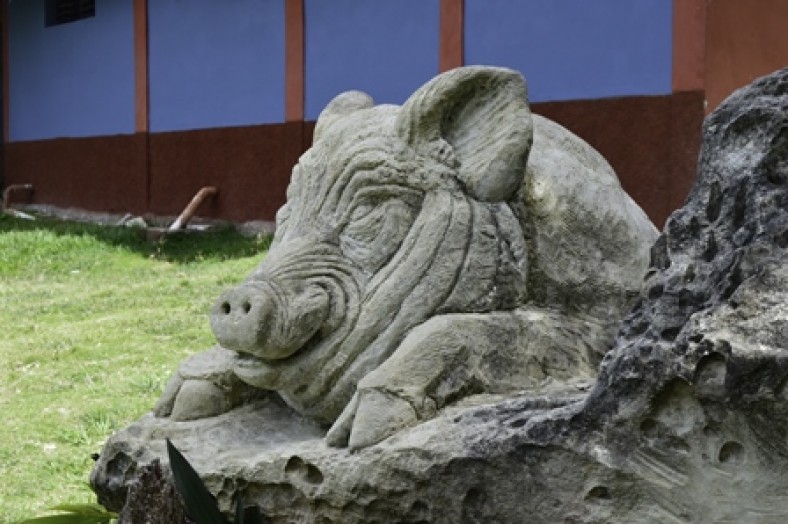
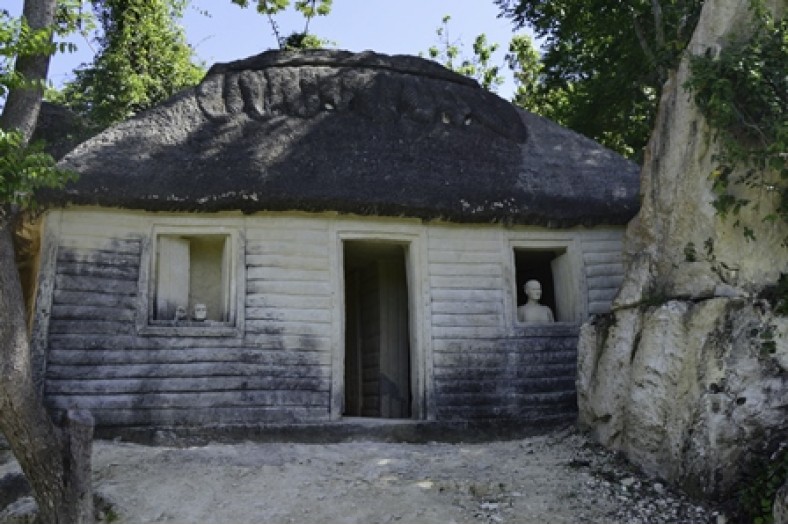

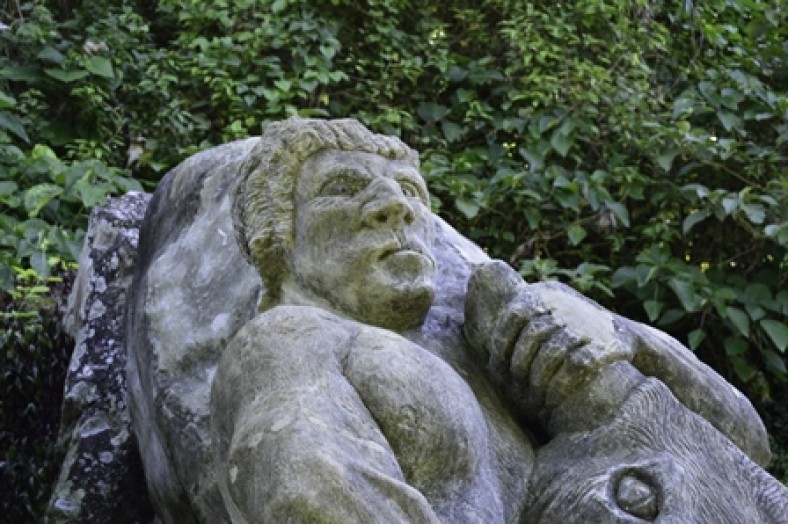
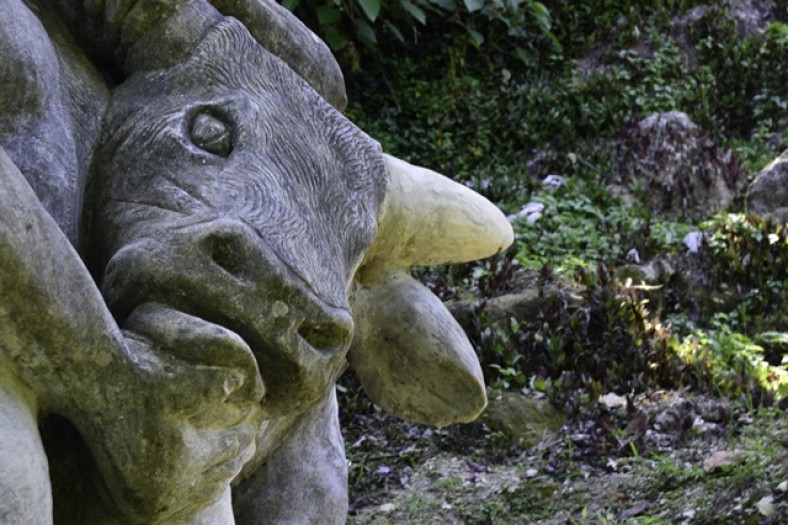
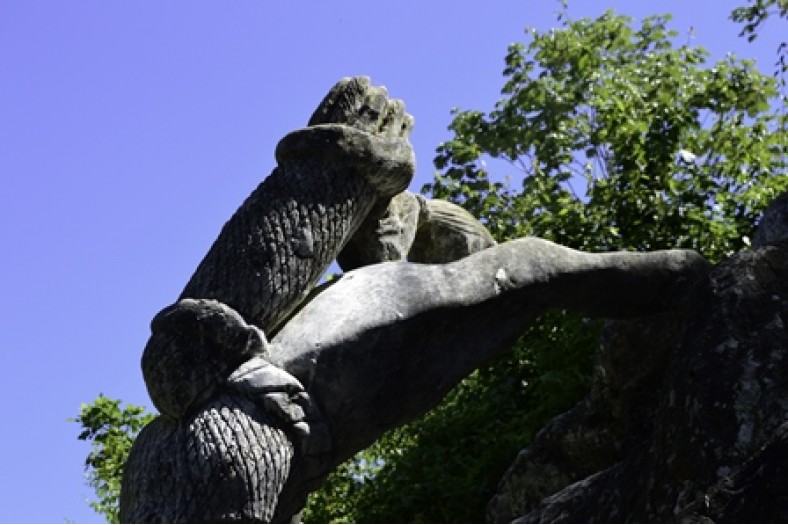
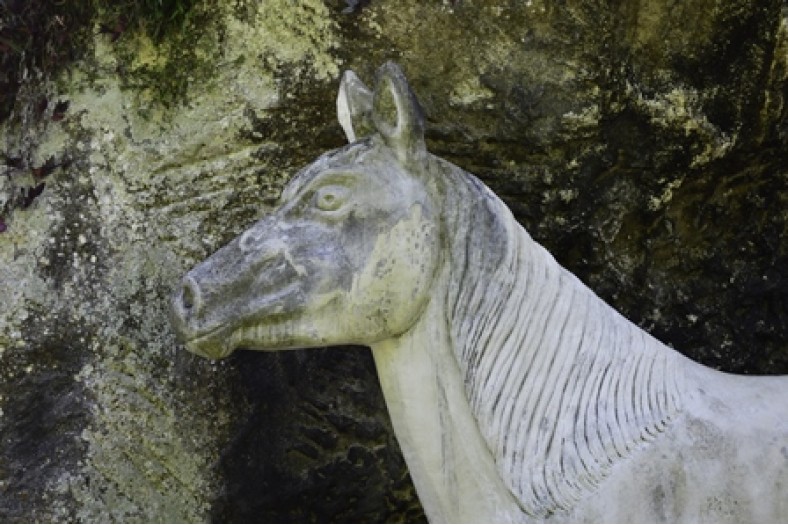

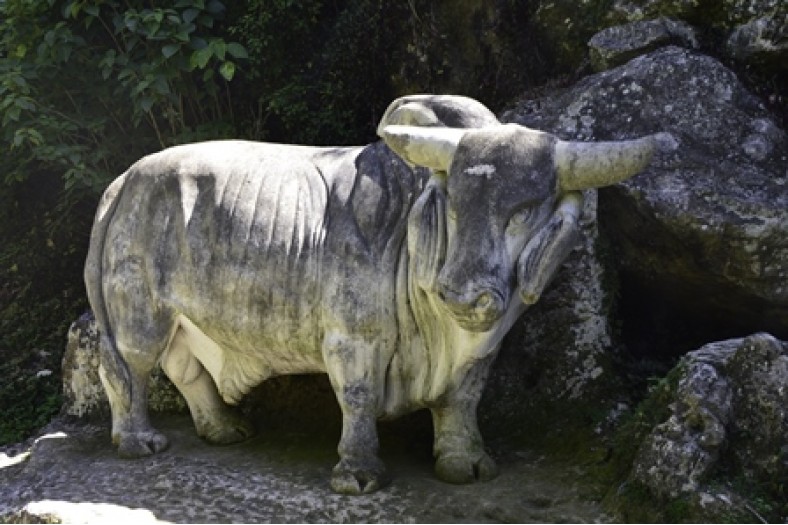

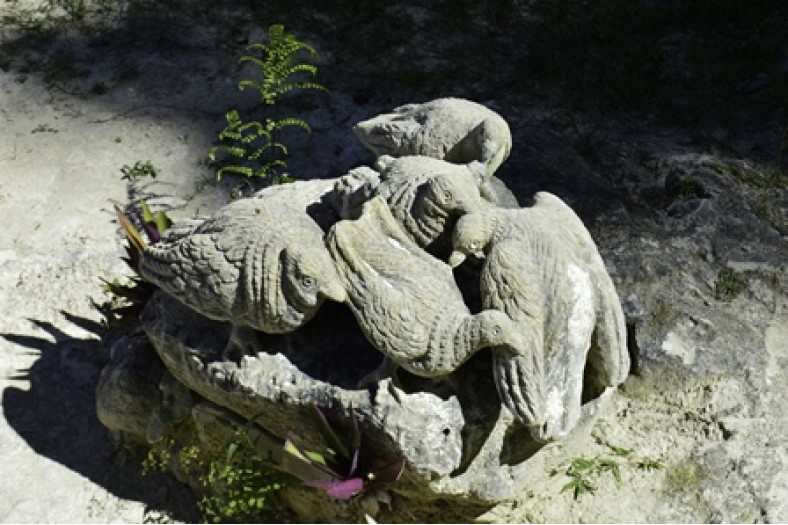
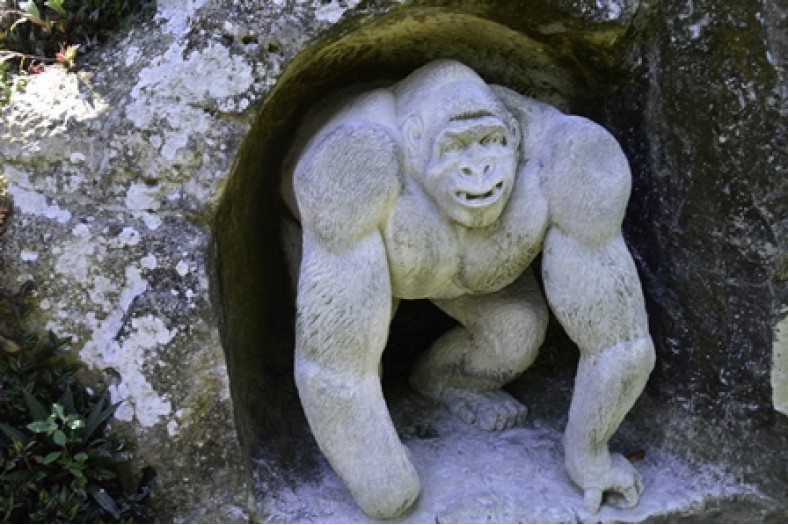
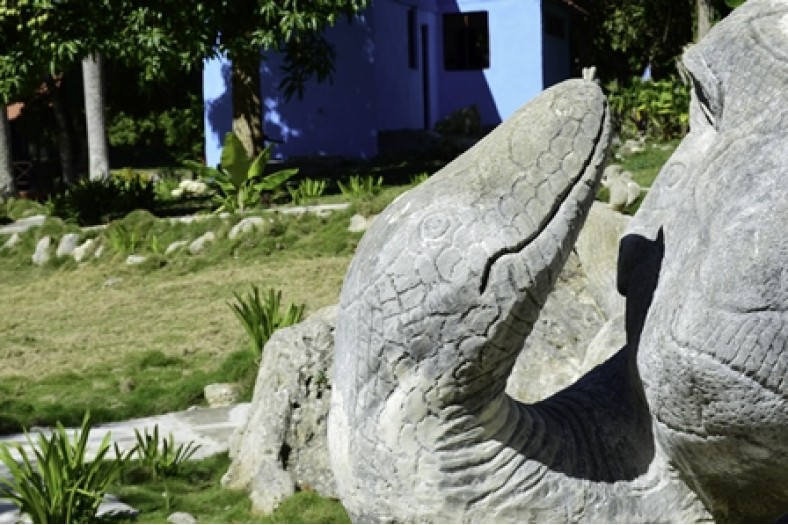

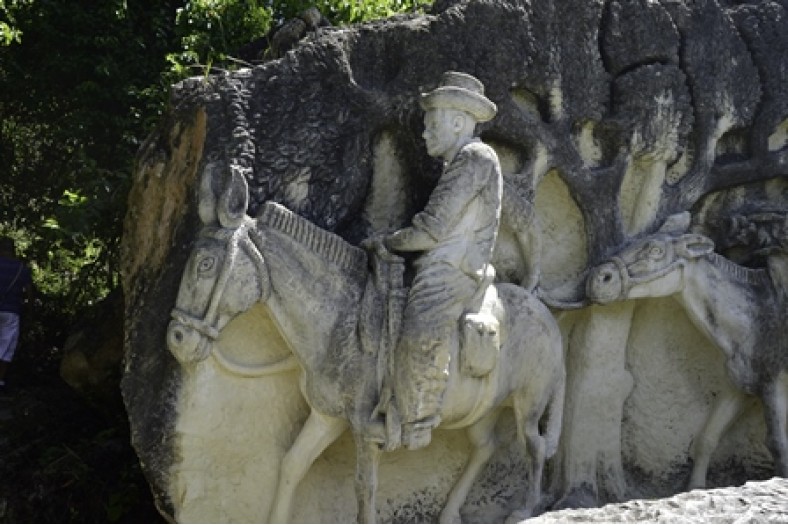
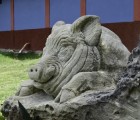
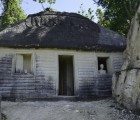
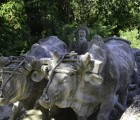
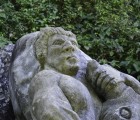
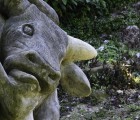
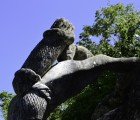
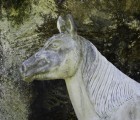
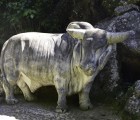
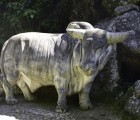
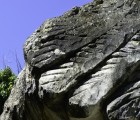
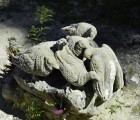
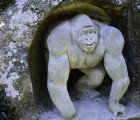
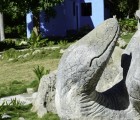
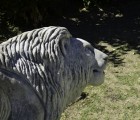

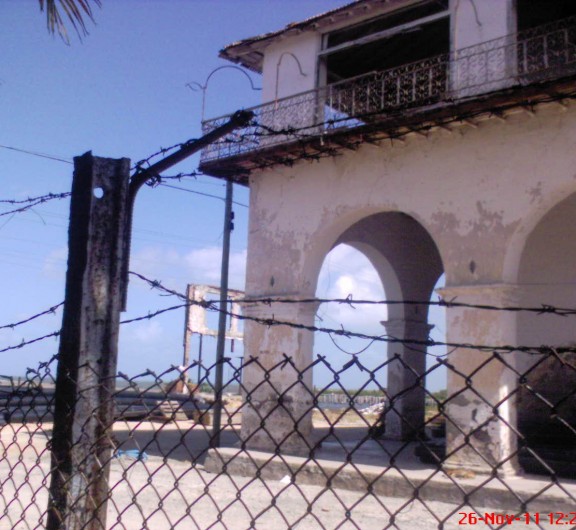
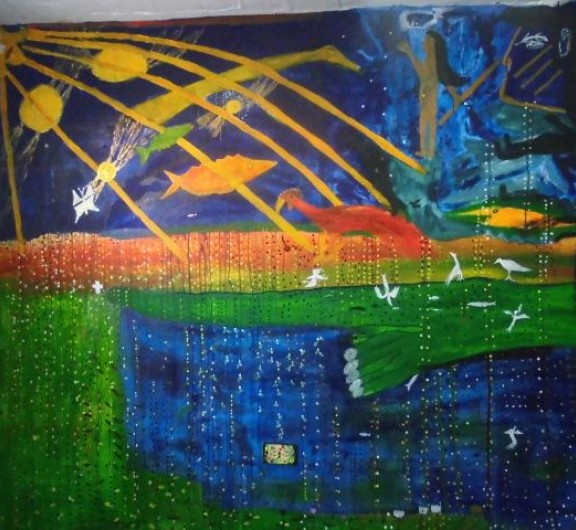
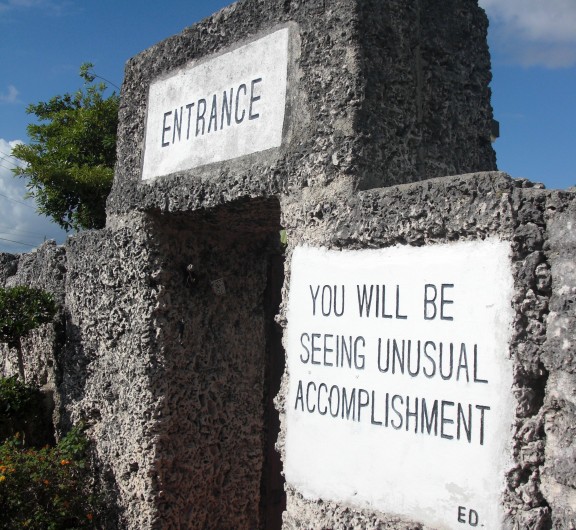


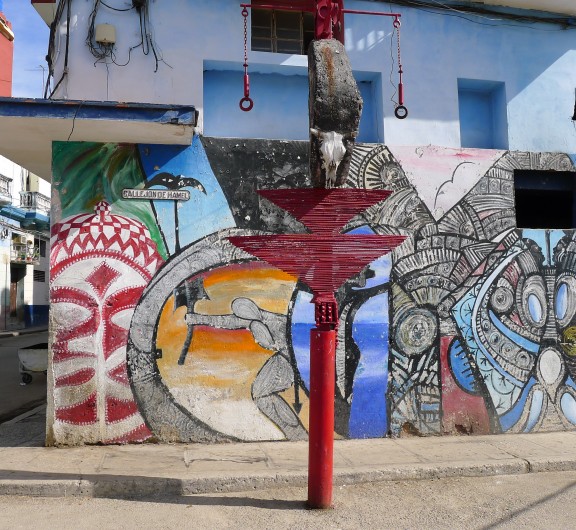

Post your comment
Comments
No one has commented on this page yet.